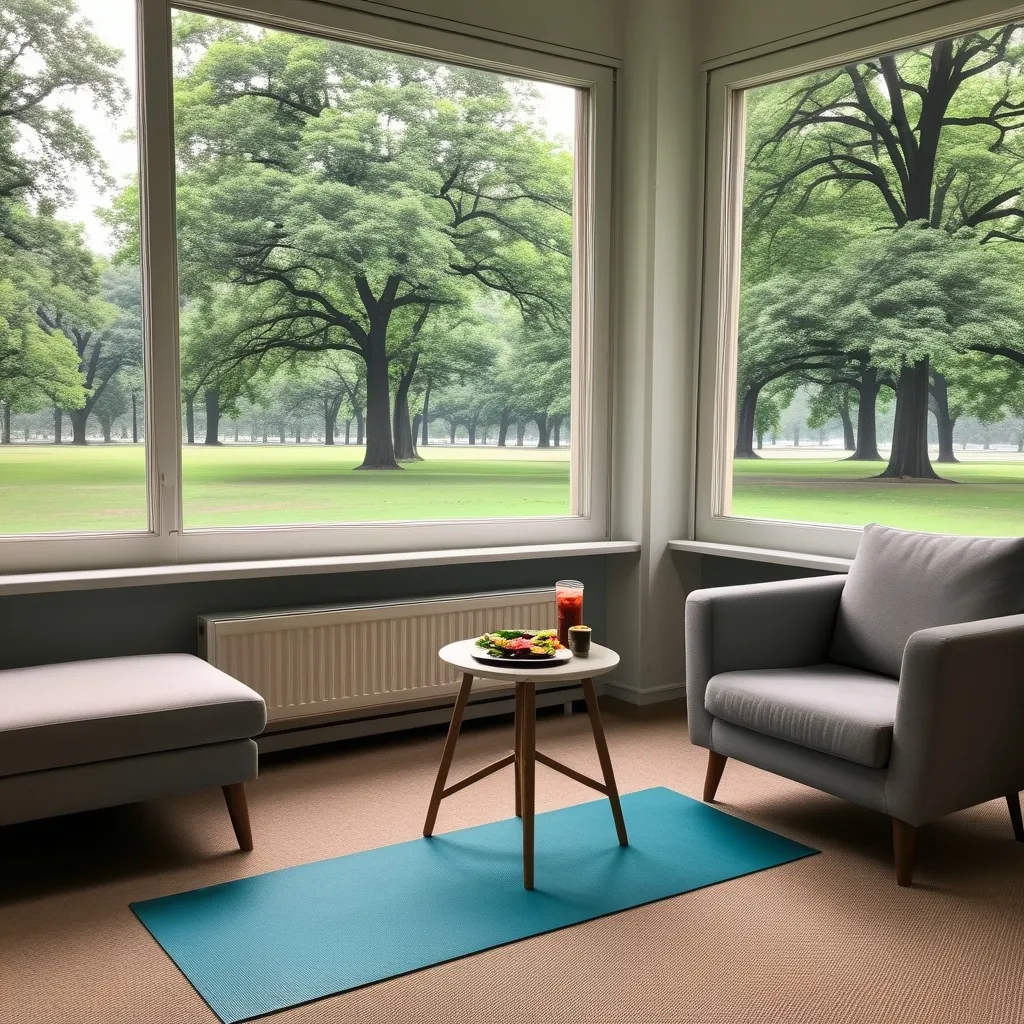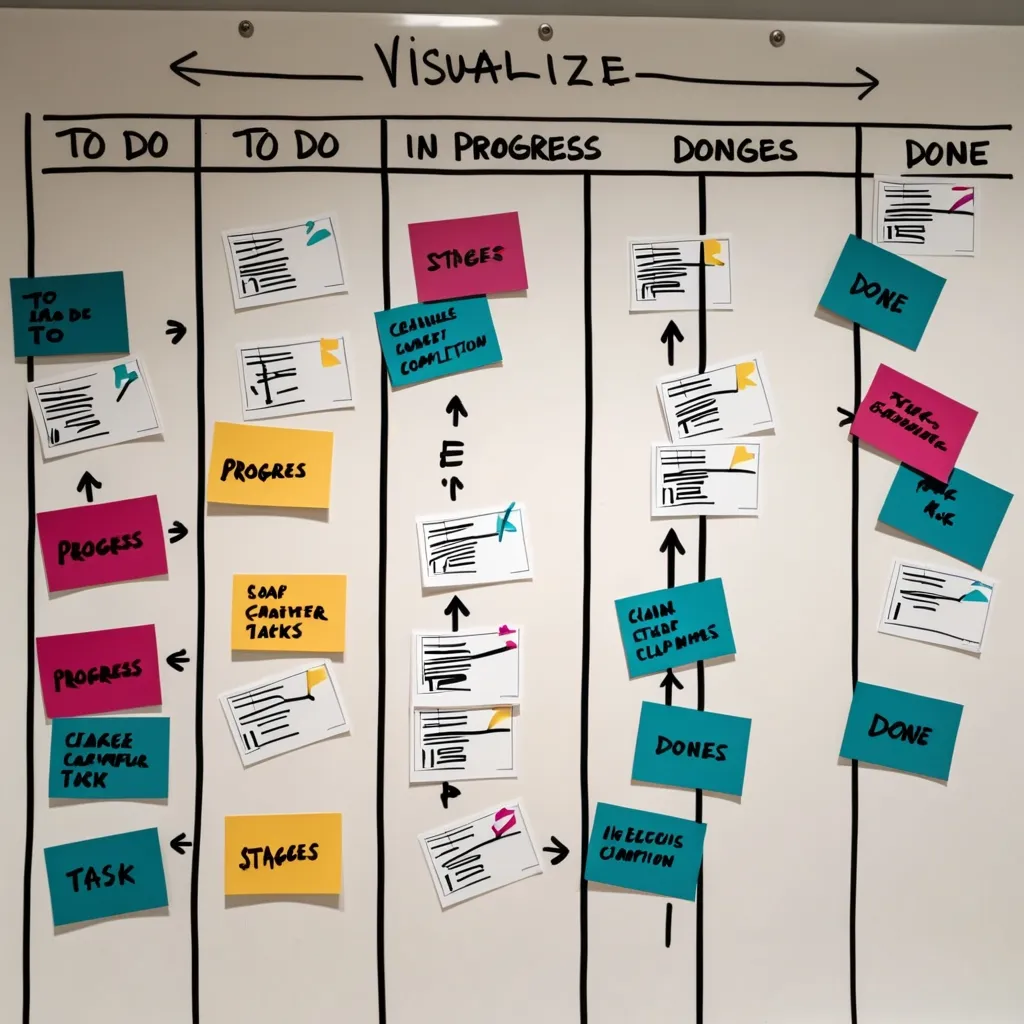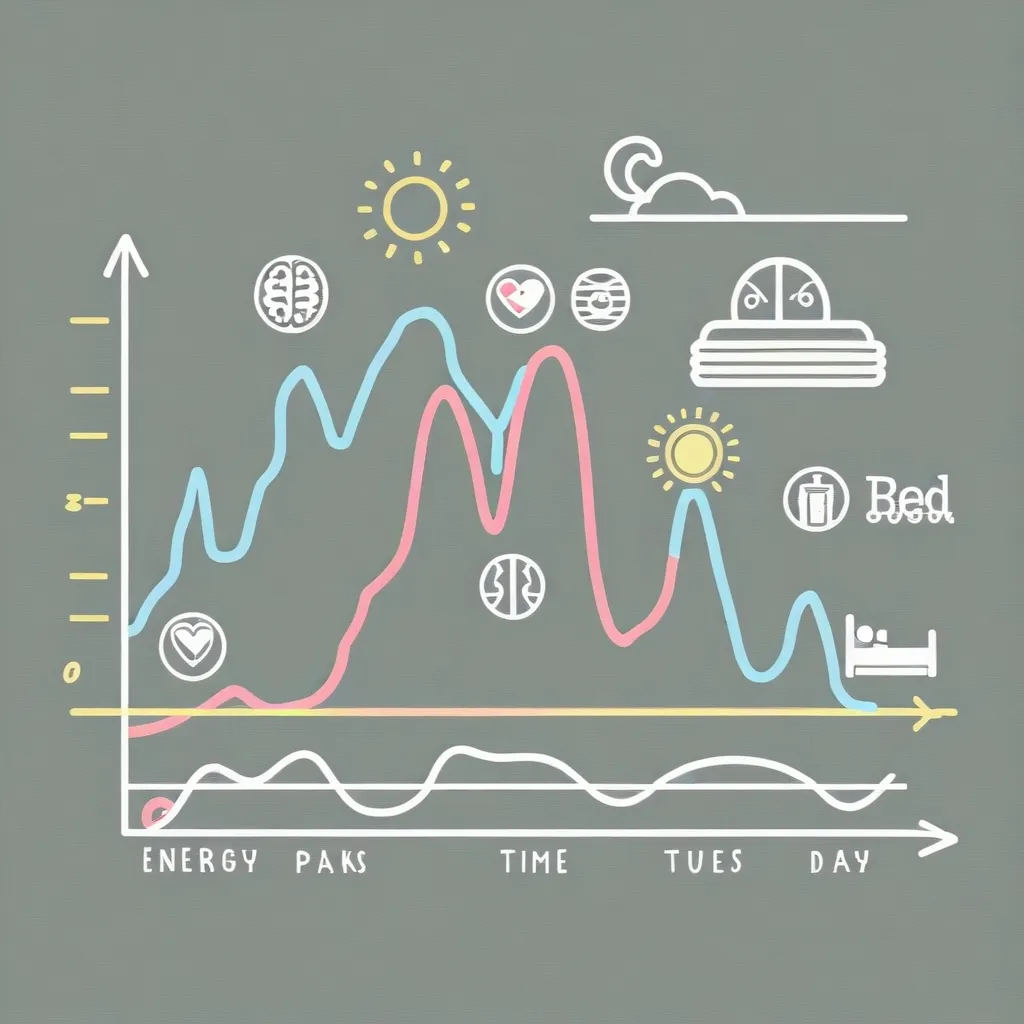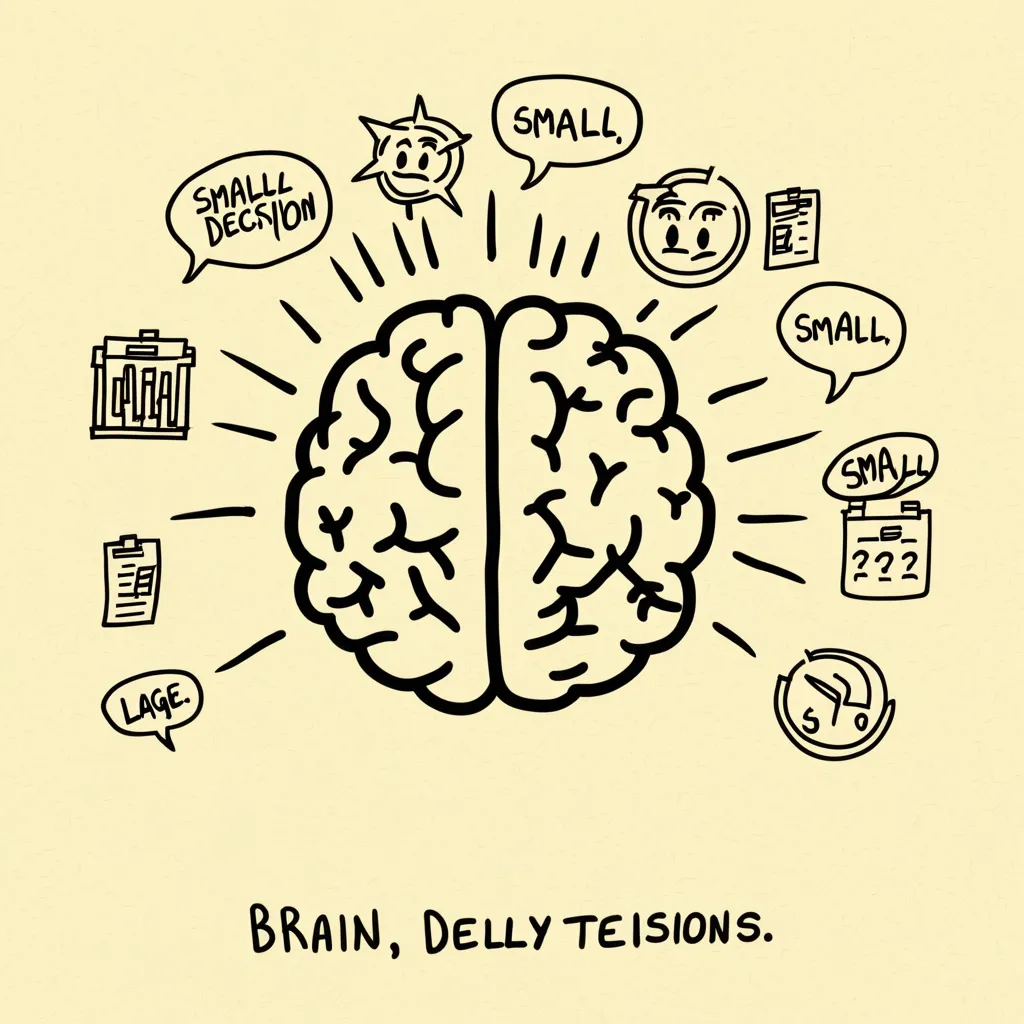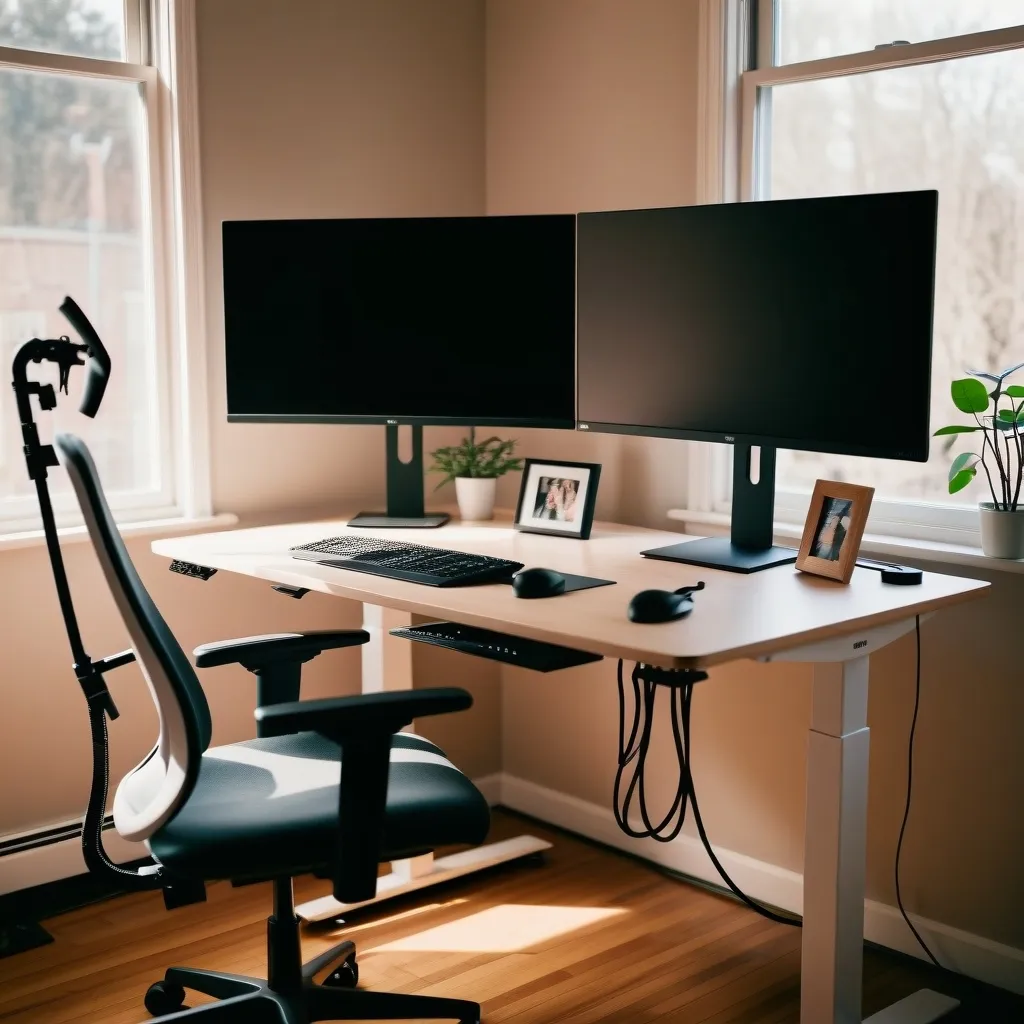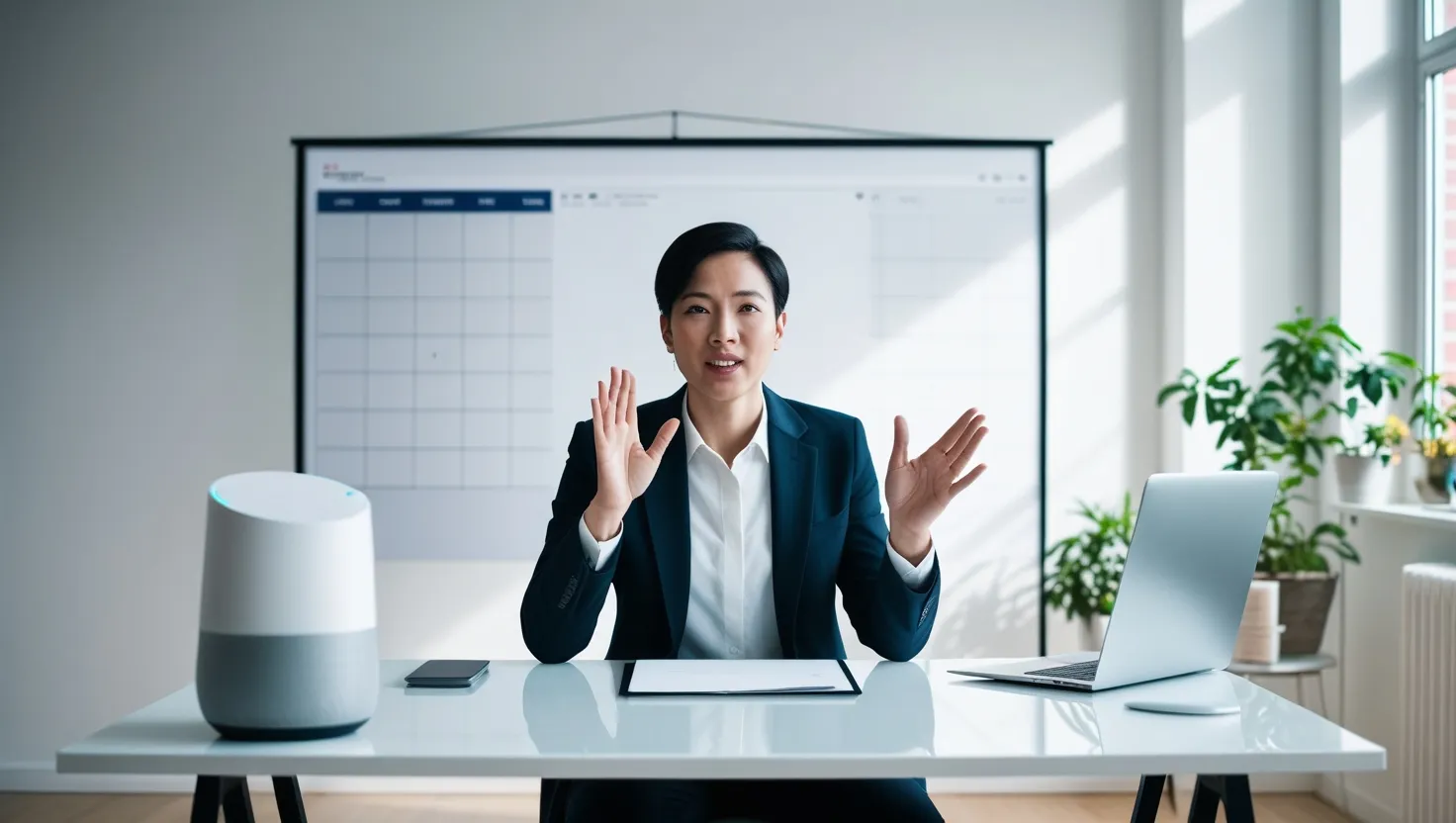The 2-Hour Lunch Break Revolution: Boosting Productivity and Well-being
We’ve all been there - scarfing down a sad desk lunch while frantically responding to emails. But what if I told you there’s a better way? Enter the 2-hour lunch break, a game-changing concept that’s shaking up the traditional workday.
Now, I know what you’re thinking. “Two hours? That’s crazy!” But hear me out. This isn’t about slacking off - it’s about working smarter, not harder.
Let’s rewind a bit and look at where our current work schedule came from. The 8-hour workday we’re all so used to? It’s a relic from the industrial age. Henry Ford introduced it back in the 1920s to improve productivity in his factories. And sure, it was a big step up from the grueling 10-16 hour days workers faced before. But here’s the thing - we’re not assembly line workers anymore.
In today’s knowledge-based economy, our work is different. It’s more creative, more complex. And our brains? They don’t work like machines. Research shows that most of us have about 6 productive hours in us per day. And that productivity comes in waves - 90-minute bursts followed by natural dips in focus.
So, why are we still sticking to a schedule designed for factory workers a century ago? It’s time for a change, and that’s where the 2-hour lunch break comes in.
Now, I can practically hear your skepticism through the screen. “But won’t that kill productivity?” Surprisingly, no. In fact, it might just be the key to unlocking your best work.
Think about it. How often do you hit that mid-afternoon slump, where your brain feels like mush and you’re just counting down the minutes until you can leave? With a 2-hour lunch break, you give yourself time to truly reset. You’re not just grabbing a quick bite - you’re giving your brain and body a chance to recharge.
Imagine being able to eat a proper meal without inhaling it. Maybe you could go for a walk, clear your head. Heck, you could even squeeze in a quick workout if that’s your thing. The point is, you’re stepping away from work completely. No checking emails, no “just finishing up this one thing.” Just you, taking care of you.
When you come back to your desk, you’re not dragging yourself through the rest of the day. You’re refreshed, refocused, and ready to tackle whatever comes your way. It’s like hitting the reset button on your brain.
But it’s not just about individual productivity. A longer lunch break can work wonders for team dynamics too. When you have time to actually sit down and eat with your colleagues, you’re building relationships. You’re not just the guy from accounting or the woman from marketing - you’re real people, with lives and interests outside of work.
These social connections? They’re gold dust for workplace morale. When people feel connected to their coworkers, they’re more likely to collaborate effectively. They’re more engaged, more satisfied with their jobs. And happy employees are productive employees.
Now, let’s talk about health. We all know that sitting at a desk all day isn’t great for us. But when you’re rushing through lunch (if you even take a lunch break at all), it’s hard to make healthy choices. A 2-hour break gives you time to not only eat a nutritious meal but also get some movement in.
And it’s not just physical health we’re talking about here. Mental health is just as important. Burnout is a real and growing problem in today’s workplace. We’re all trying to do more with less, and it’s taking a toll. A longer lunch break is a form of self-care. It’s a daily reminder that you’re more than your job title, that your well-being matters.
But let’s get real for a minute. Implementing a 2-hour lunch break isn’t without its challenges. It requires a shift in mindset, not just for employees but for managers too.
Trust is a big factor here. Managers need to trust that their team members are using their time wisely. It’s not about monitoring every minute - it’s about focusing on results rather than hours logged.
And for employees? It’s about using that time effectively. This doesn’t mean you need to plan out every minute of your break. But it does mean being intentional about disconnecting from work. Log out of your work email. Put your phone on silent. Give yourself permission to truly step away.
Companies can help make this transition smoother. Creating comfortable break spaces, organizing team lunches, even bringing in yoga instructors or massage therapists - these are all ways to encourage employees to make the most of their break time.
But perhaps the most important factor is leadership. If the higher-ups are still eating sad desk lunches and sending emails at all hours, it sends a message. Leaders need to walk the talk, taking their own breaks and visibly encouraging others to do the same.
Now, I know what some of you are thinking. “This all sounds great, but it’ll never work in my industry/company/role.” And sure, a 2-hour lunch break might not be feasible for everyone. But the principle behind it - the idea that we need to rethink our approach to work and rest - that’s universal.
Maybe for you, it’s not a 2-hour lunch break. Maybe it’s a series of shorter breaks throughout the day. Or maybe it’s a four-day workweek. The point is to find what works for you and your team.
Because here’s the thing - the future of work isn’t about grinding ourselves into the ground. It’s about finding sustainable ways to do our best work. It’s about recognizing that we’re human beings, not machines. We need time to rest, to recharge, to connect with others.
Imagine a workplace where taking a break isn’t seen as slacking off, but as a necessary part of doing good work. Where you’re judged not by how many hours you log, but by the quality of your output. Where you finish each day feeling energized rather than exhausted.
That’s the promise of the 2-hour lunch break. It’s not just about having more time to eat. It’s about creating a work culture that values well-being as much as productivity. It’s about recognizing that the two aren’t mutually exclusive - in fact, they go hand in hand.
So the next time you’re tempted to work through lunch, remember this: taking a break isn’t a luxury. It’s not something to feel guilty about. It’s a necessary part of doing your best work. It’s an investment in yourself, in your health, in your productivity.
The 2-hour lunch break might seem radical now. But who knows? In a few years, we might look back and wonder how we ever managed without it. So why not give it a try? Your future, more productive, less stressed-out self might just thank you for it.
